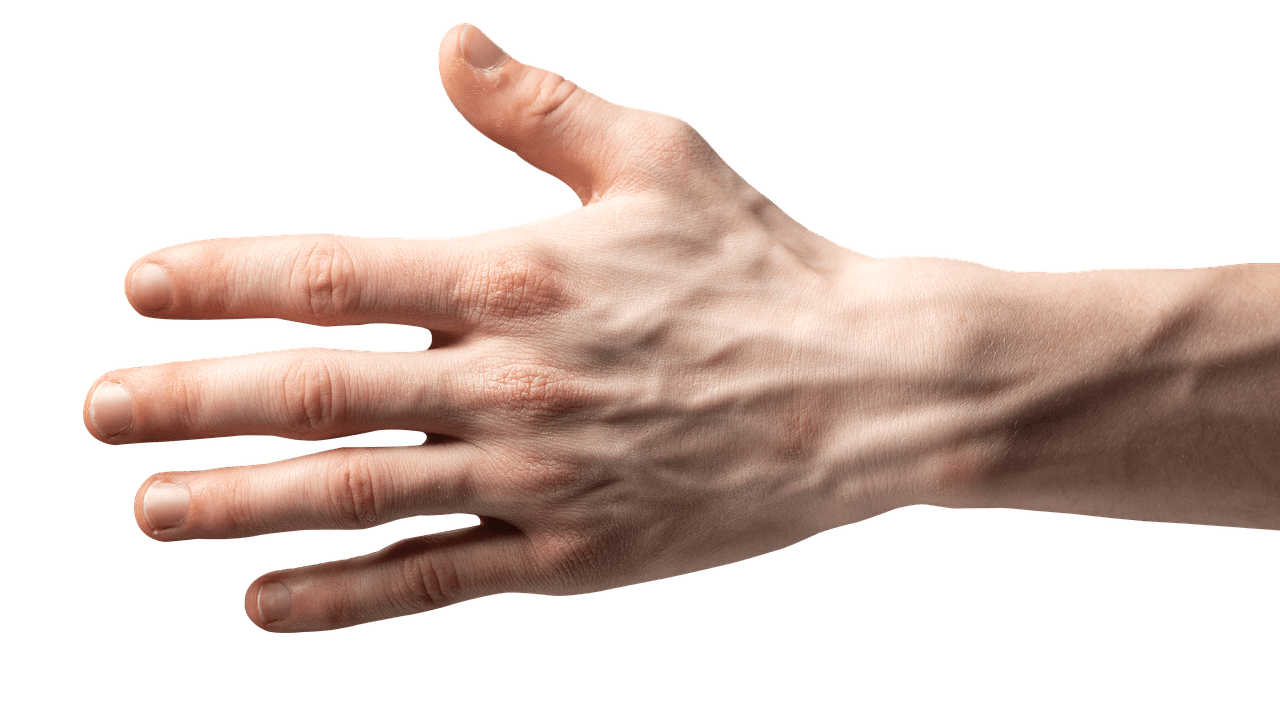
Every individual, at some point, experiences a wound that leaves a scar. These marks, reminders of our body’s incredible healing process, often have a story behind them. Yet, not all scars are cherished. Some may serve as unwanted reminders of painful memories or accidents.
Addressing the appearance of scars is not merely about aesthetics. It’s a step toward emotional healing, self-confidence, and overall well-being. Treating scars gives us the opportunity to rewrite a chapter of our personal narrative, allowing us to present ourselves in a light that feels true to our essence.
Understanding Scars
Scars, often seen as simple marks on the skin, have an intricate formation process. When the skin is wounded, our body jumps into action, repairing the damage. During this healing process, the body produces collagen, a protein that forms a new layer of skin. Depending on how the collagen is produced, different types of scars emerge.
Let’s delve deeper:
- Keloid Scars: These scars tend to grow larger than the original wound. They are raised and can appear shiny and dark. For some, they can be a source of discomfort or even pain.
- Hypertrophic Scars: Similar to keloid scars, these are raised but don’t grow beyond the initial injury site. They might reduce in size over time.
- Atrophic Scars: These scars create a sunken appearance, often the result of acne, chickenpox, or surgeries.
If you’re eager to delve into the science behind scar formation and how each type develops, feel free to learn more. Understanding scars is the first step in addressing and treating them effectively.
Emotional And Psychological Effects
The skin, our body’s most visible organ, plays a significant role in how we perceive ourselves and how others perceive us. Scars can profoundly affect our emotional and psychological well-being.
Impact On Self-Esteem
Self-esteem is deeply intertwined with our physical appearance. Scars, especially when prominently placed, can lead to feelings of self-consciousness. Over time, these feelings might evolve into deeper insecurities, affecting one’s self-worth. While external appearances aren’t the sole determinant of self-value, they undeniably play a role in our self-perception.
Influence On Social Interactions
Humans are inherently social beings, and our interactions are vital for emotional sustenance. Scars might draw attention, questions, or even unsolicited comments. Such interactions can influence social behavior patterns, making individuals more reserved or reluctant to engage in social settings.
Recognizing these emotional and psychological implications underscores the importance of addressing scars.
Physical Implications
Beyond the aesthetic concerns and emotional effects, scars can pose tangible physical challenges. These challenges can range from minor discomforts to more pronounced limitations, affecting daily activities and overall quality of life.
Discomfort And Pain
Some scars, particularly keloid and hypertrophic varieties, can cause discomfort. The skin might feel tight or itchy. In more severe cases, scars can lead to pain, especially if they’re located near joints or if they cover a significant surface area.
Mobility And Functionality Limitations
Scars located over joints or on areas that frequently move can restrict mobility. Over time, the skin loses its flexibility, leading to a reduced range of motion. For instance, scars on the fingers, elbows, or knees can hinder regular movements and tasks. In certain cases, intensive scar tissue can even impact muscle functionality.
Addressing these physical implications is crucial. Proper scar management and treatment can alleviate discomfort, restore mobility, and greatly improve one’s quality of life.
Popular Scar Treatment Options
The realm of scar treatments has seen significant advancements, offering a variety of solutions tailored to different types and individual needs. Here are some prevalent methods:
Over-The-Counter Creams And Ointments
Numerous creams and ointments are available for scar management. These products typically contain ingredients that moisturize, heal, and reduce scar appearance. They work by promoting cell turnover and minimizing discoloration. It’s advisable to consult with a dermatologist to select the most suitable product for a specific scar type.
Laser Treatments
Laser therapy has become a sought-after option for scar reduction. These treatments use focused light to either break down scar tissue or stimulate new skin cell production. The result is a smoother skin surface with reduced visibility of scars. Multiple sessions might be required, depending on the scar’s depth and age.
Surgical Options
For deeper or more extensive scars, surgical interventions might be considered. These procedures aim to reduce the scar’s size or modify its appearance to blend more seamlessly with the surrounding skin. It’s imperative to consult a plastic surgeon to discuss potential outcomes and recovery processes.
Each treatment option has its own benefits. The key is to find a solution that aligns with one’s specific scar type and desired outcomes. Always consult with healthcare professionals before making treatment decisions.
Conclusion
Scars are more than just marks on the skin; they narrate chapters of our life experiences. While some stories are worn with pride, others may be chapters we wish to soften or rewrite. Remember, taking proactive steps toward scar treatment isn’t merely about skin-deep alterations—it’s a transformative path toward rediscovering oneself. Embrace the journey and wear your skin with the confidence and grace it rightfully deserves.